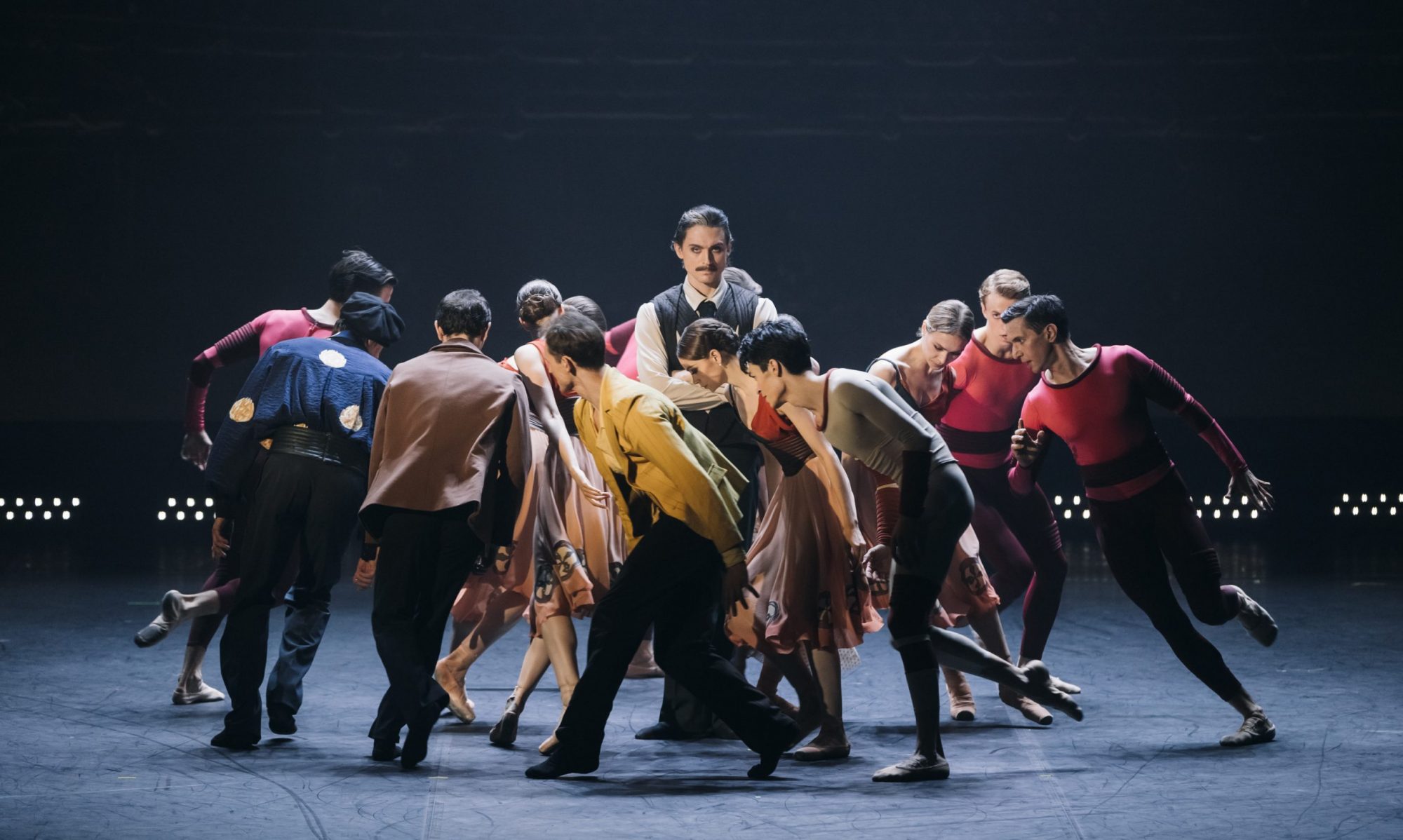“The Nutcracker”
Hamburg Ballet – John Neumeier
Hamburg State Opera
Hamburg, Germany
December 23, 2014
by Ilona Landgraf
Copyright © 2014 by Ilona Landgraf
 Shortly before Christmas Eve, Hamburg Ballet had some special candy in store, John Neumeier’s “Nutcracker” with Alina Cojocaru as Marie and Otto Bubeníček as Drosselmeier. Bubeníček is the strongest of Hamburg’s male dancers in this role and having the opportunity to see Cojocaru dance is a Christmas gift all by itself. The appearance of both had already been planned for last season but was cancelled due to Bubeníček being injured. Complemented by a strong cast, this year’s run of “The Nutcracker” hence had a powerful start.
Shortly before Christmas Eve, Hamburg Ballet had some special candy in store, John Neumeier’s “Nutcracker” with Alina Cojocaru as Marie and Otto Bubeníček as Drosselmeier. Bubeníček is the strongest of Hamburg’s male dancers in this role and having the opportunity to see Cojocaru dance is a Christmas gift all by itself. The appearance of both had already been planned for last season but was cancelled due to Bubeníček being injured. Complemented by a strong cast, this year’s run of “The Nutcracker” hence had a powerful start.
Inspired by John Cranko’s “Nutcracker” Neumeier also separated his version from the Christmas Season. Nevertheless it’s often scheduled at the end of the year. Any mice involved in fighting were eliminated by Neumeier. For him the story’s core topic is the transition from being a child to becoming an adult. His story begins at Marie Stahlbaum’s twelfth birthday party where she is presented with a wooden nutcracker – her companion throughout the ballet – and her first pair of toe shoes. The latter are a gift from Drosselmeier who is the ballet master of Marie’s older sister Louise and Neumeier’s homage to Marius Petipa. Continue reading “What Young Girls Dream About”














